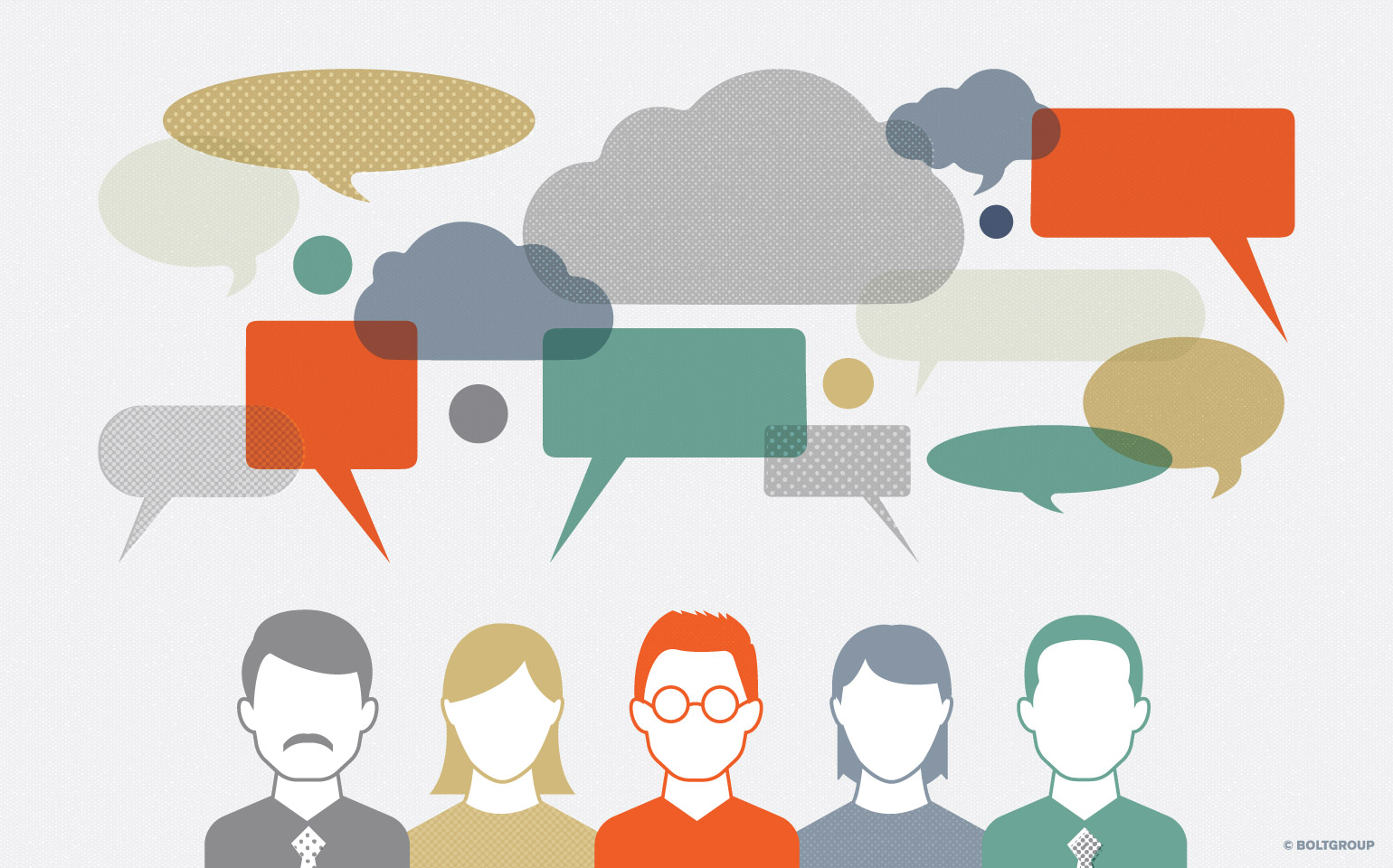Recently I spoke with the president of a successful manufacturing company about “need finding”—i.e., how he learns where to spend his innovation resources. His answer was typical of many executives. “My sales team is constantly in touch with our distributors learning where we need to innovate,” he said. “And Sales hears from end-users through online reviews, trade shows, and industry surveys.” Basically, his sales team is the conduit for most of his information about customer needs. This is common practice in many mid-size companies. The sales force is the most customer-centric team in the organization. So it should be their job to gather, interpret and understand the customer’s needs, right? Well, not really.
Expecting your sales team to uncover the kind of intel that leads to meaningful innovation is risky business. Yes, the information that sales teams collect is important and useful; however, it cannot take the place of unbiased insight collection, focused on the end user, and gathered by a dedicated insights team—which I like to think of as a highly-trained, covert Field Intelligence Group.
Here are four reasons that further my point—and four imperatives for discovering true user-centered innovation:
The Selling Lens
The job of the sales team is to sell. Of course, they also know that the best consumer insights are those that lead to marketable, saleable innovations for their business. But often those early insights are disguised as quirky user behaviors, irrelevant responses, or unsolvable problems. Sales personnel peering through the “selling lens” may not recognize these as actionable insights. It’s important to listen to what your sales people learn about the consumer, but equally important to forget what you heard (at least temporarily) so you can assemble an unbiased team for direct end-user research.
Anecdotes
Anecdotal stories from end users can help guide product innovation. If you collect enough of them, and if you retell them accurately, end-user stories can help discern consumer patterns, identify outliers, and spot early adopters. The problem is, without a controlled research effort, the anecdotes that sales personnel gather from consumers are usually too few and too dispersed. Worse, the memory and retelling of the story can, like the old “telephone game,” radically change the story line. A study by Northwestern University showed that every time we retell a story, our brain’s neural pathways change in ways that alter the memory of the story. Thus the next time you remember it, you’re not recalling the original event, but rather your memory of the last time you told it. With each telling, an anecdote gets further from reality. A smattering of inaccurate anecdotes can create misguided design directives leading to failed products. But with enough user stories—collected, analyzed and retold in a controlled manner by specially-trained consumer insight experts—you’ll have a rich understanding of your consumer that might just lead to game-changing innovation.
Observation vs. Interview
It’s important to get out there and talk to the people! Problem is, folks cannot always articulate their unmet needs and desires. End users often struggle to verbalize why a product is not adequate. Why? Because they blame themselves and cannot imagine a better alternative. I call it “consumer martyrdom.”
“I notice you keep hitting the wrong button on the keypad,” I said to a participant in a usability test we ran for a manufacturer, “but you didn’t mention this when we discussed the product. How come?” I asked.
Her answer was enlightening. “Actually, I didn’t know I was hitting the wrong button. I guess I do it because my fingers are too fat,” she said.
I asked: “Can you think of any changes to the keyboard that would make it better?”
“Not really,” she replied. “All these keyboards are the same, it would be hard to change it, but I’ll learn to deal with it.”
People are often not conscious of their interactions with products. When they do recognize a problem, they often blame themselves—it’s human nature. One way to uncover insights on how people interact with products is with ethnographic observation. Consumer interviews and surveys from your sales teams are useful, but ethnographic research—recorded with video and analyzed for insights—is crucial in getting to the heart of end-user behavior.
End User vs. Distributor
Your direct customer—dealers and distributors—is the sole focus of your sales team; meeting their needs and expectations is Sales job #1. The relationship your sales team has with your distribution partners should also serve as a wellspring of intelligence on product feature / benefits, merchandising, pricing, and volume expectations. But what about the end-user? Who has the relationship with the people who use your products every day? How do you get to the heart of what those users want, how they behave today, and what they’ll need tomorrow? Many companies rely on anecdotes from their sales teams coupled with consumer data from their distribution partners. But powerful innovation emerges from manufacturers who assemble their own consumer research, without distributor influence, and then present their distributors with an offer they can’t refuse: innovative products, with compelling design, backed by end-user insights.
So listen to your sales people—but then forget what you heard. The task of unearthing truly actionable intel should be left to consumer insight professionals who wield the crucial experience and tools required for the job. Your company, your products, and your customers deserve nothing less.
